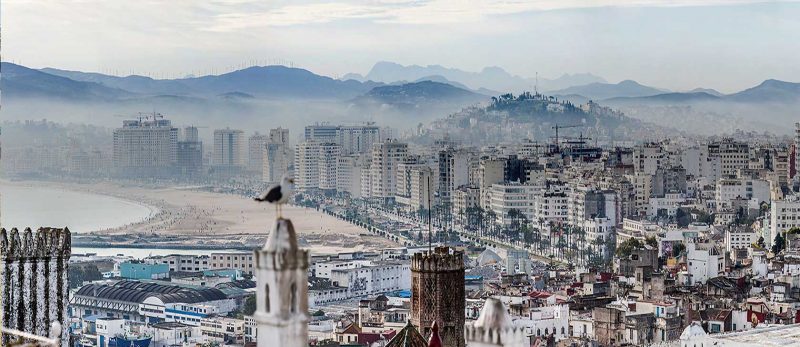Most of Morocco’s cities have storied histories, but few have carried such a libertine reputation as the ancient port of Tangier
Tangier is a great city for myths. Classical mythology has it as the home of the Pillars of Hercules that marked the end of the known world, beyond which lay the sunken city of Atlantis. It guards the narrow straits between Africa and Europe, and possibly its most unusual moment resulted from the close links between the two continents.
When the European powers were carving Africa up into colonies, the strategic importance of Tangier made it a case for special treatment, and the city was turned into a free port. Morocco could only look on as Britain, France, America and a host of other countries grabbed a seat on the council that ruled the Tangier and took a rich slice of its income. Even Sweden had a piece of the action.
During the war, Tangier was a hotbed of international intrigue. Allied and Axis spies ran networks against each other here, and then mingled over evening cocktails. Visitors today can check out one of their old haunts, Caid’s Bar at the Minzah Hotel, which was allegedly the original model for Rick’s Bar in the movie Casablanca.
The party really got started in the 1950s, when Tangier became a den for artists and writers attracted by the city’s “anything goes” atmosphere. Grab a coffee and pastry at the art deco Gran Café de Paris on Place de France, a once popular literary salon, where you can imagine yourself eavesdropping on Truman Capote and Tennessee Williams, or long-term Tangier resident Paul Bowles, author of The Sheltering Sky. From here you can stroll up to the recently restored Grand Hôtel Villa de France, where the painter Matisse took up residence. His favorite room (number 35) is still kept as it was in his day, though the current owners have at least added modern plumbing.

